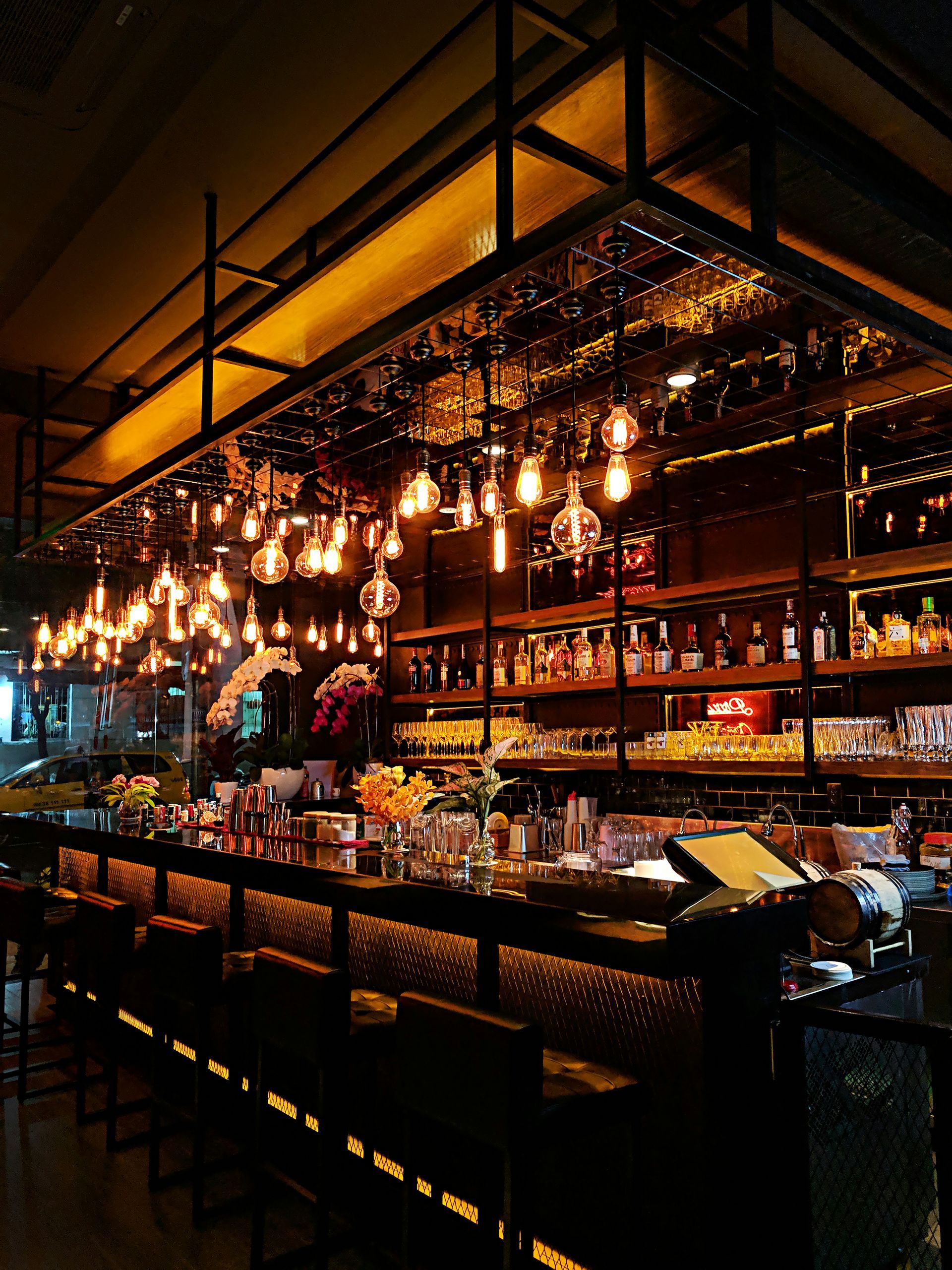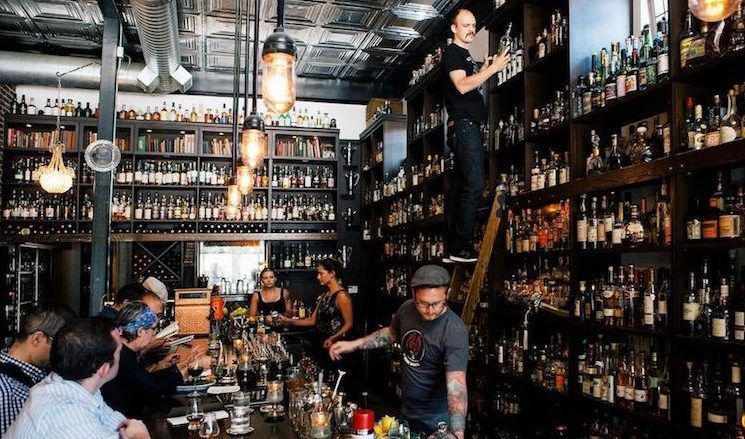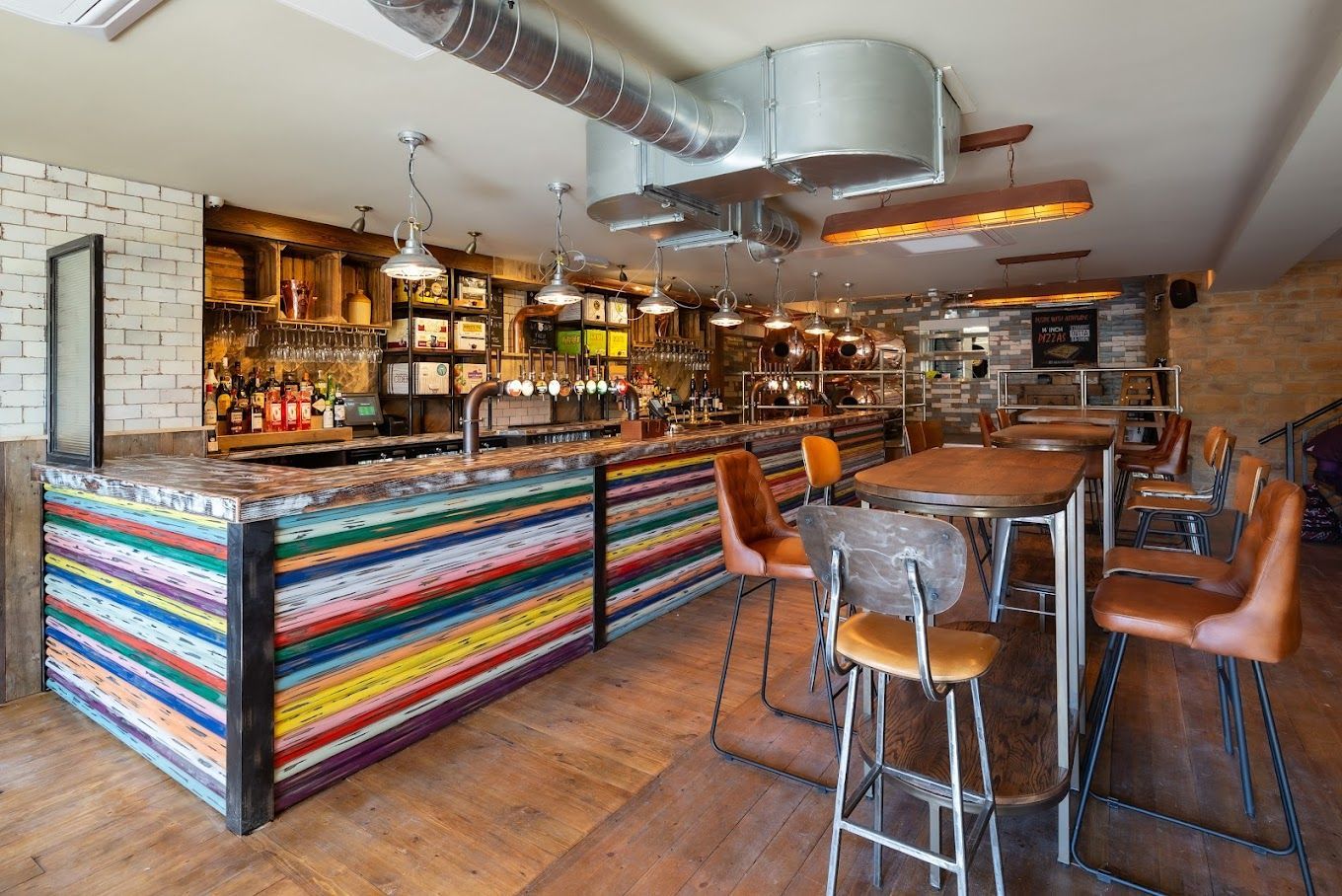The Psychology of Colour

The Psychology of Colour:
A Deep Dive into Its Impact on Interior Spaces
Have you ever walked into a room and felt an immediate emotional reaction? Perhaps a wave of tranquility enveloped you, or maybe you felt a burst of energy, ready to tackle the day ahead. Alternatively, you might have experienced a sense of unease, compelling you to leave. These reactions are not mere coincidences but are closely linked to the colours surrounding you. The psychology of colour in interior design plays a crucial role in setting the mood and atmosphere of a space.
Decoding Color Psychology in Interior Design
When considering colours in interior design, the focus often shifts to aesthetic appeal—ensuring the palette is harmonious and visually pleasing. However, an equally important aspect is how these colours influence our emotions and behaviour. This is where colour psychology comes into play.
Colour psychology in interior design is the study of how different hues can evoke specific emotional responses and create a desired ambiance within a space. Each colour can induce a distinct feeling, influenced by its shade, saturation, and tone. For instance, while blue can evoke calmness and serenity, red might incite excitement or even aggression, depending on its intensity.
The Science Behind Color Perception
Our understanding of colour stems from how our brains interpret different wavelengths of light. This spectrum ranges from the short wavelengths of blues and purples to the long wavelengths of reds and oranges, commonly represented in a rainbow. The science of colour took significant strides in the 17th century with Isaac Newton's experiments, leading to the creation of the first colour wheel. Later, Johann Wolfgang von Goethe's "Theory of Colours," published in 1810, delved deeper into the psychological effects of colours, marking a pivotal moment in our understanding of colour psychology.
The Broad Influence of Color Theory
While colour theory is integral to interior design, its influence extends to numerous fields, including fine arts, advertising, branding, fashion, beauty, and industrial design. Historical trends in colour usage reflect broader cultural moods. For example, the muted tones of the World War II era gave way to the cheerful pastels of the 1950s and the vibrant neons of the 1960s, each mirroring the societal sentiments of their times.
Understanding the psychological impact of colour in our homes is particularly important. The colours we choose can significantly affect our mood, behaviour, and overall lifestyle. A well-designed colour scheme can create a welcoming and harmonious environment, while poor colour choices can result in a space that feels cold or chaotic.
Crafting Your Home's Emotional Landscape
Consider what your home communicates about you. The colours you choose for your interior spaces can make your home feel inviting and comforting or stark and disorganised. By thoughtfully selecting hues based on their psychological effects, you can create a home that not only looks good but also feels good to be in.
While the psychological impact of colour is significant in residential spaces, it plays an equally critical role in commercial environments such as bars, pubs, restaurants, and hotels. The colours chosen for these spaces can profoundly influence customer behaviour, satisfaction, and overall experience, ultimately affecting the success of the business.
Bars and Pubs: Setting the Mood for Social Interaction
In bars and pubs, colour is used strategically to create an atmosphere conducive to socialising and relaxation. Warm colours like reds, oranges, and yellows are often employed to stimulate conversation and foster a lively, energetic environment. These hues can make spaces feel more intimate and inviting, encouraging customers to stay longer and engage more with their surroundings and each other.
On the other hand, darker colours like deep blues, purples, and blacks can give a sense of sophistication and exclusivity. These colours are often used in upscale lounges and nightclubs to create a more luxurious and intimate setting, appealing to customers looking for a more refined experience.
Restaurants: Enhancing Dining Experiences
The choice of colours in a restaurant can significantly impact diners' appetites and overall dining experience. Warm colours, such as reds and oranges, are known to stimulate appetite, making them popular choices in fast-food restaurants where the goal is to encourage quick turnover. These colours can create a sense of urgency and excitement, prompting customers to eat and leave promptly, making room for new customers.
In contrast, fine dining establishments often use muted, cool colours like blues and greens to create a calming and relaxed atmosphere. These colours can slow down the dining pace, allowing guests to savour their meals and enjoy the experience more fully. Earthy tones and natural hues are also popular in restaurants aiming for a cozy and homey feel, enhancing the overall comfort and satisfaction of the diners.
Hotels: Crafting a Welcoming and Restful Ambiance
Hotels aim to create a home away from home, and colour plays a vital role in achieving this objective. The lobby, being the first point of contact, often features colours that convey warmth and hospitality, such as warm neutrals, golds, and soft yellows. These colours help create a welcoming atmosphere that immediately puts guests at ease.
In guest rooms, the focus is on promoting relaxation and restful sleep. Cool colours like blues and greens are commonly used for their calming effects, helping guests unwind and enjoy a peaceful night's sleep. Neutral colours like beige and grey also work well in creating a serene and unobtrusive environment, allowing guests to feel comfortable and at home.
The Business Impact of Color Choices
The thoughtful application of colour psychology in commercial environments can have a direct impact on business outcomes. Positive customer experiences fostered by appropriate colour schemes can lead to higher customer satisfaction, repeat business, and positive word-of-mouth recommendations. Conversely, poor colour choices can lead to discomfort, reduced customer satisfaction, and ultimately, a negative impact on the business’s reputation and revenue.
Understanding and leveraging the psychology of colour in bars, pubs, restaurants, and hotels is crucial for creating environments that enhance customer experience and support business goals. By carefully selecting colours that align with the desired atmosphere and emotional response, businesses can significantly influence how customers perceive and interact with their spaces, leading to greater success and customer loyalty.
The psychology of colour is a powerful tool in interior design, and branding in general. By understanding and applying the principles of colour theory, you can transform any space into a haven of desired emotions, enhancing your quality of life and the experiences of those who enter.
Best
Marcus




